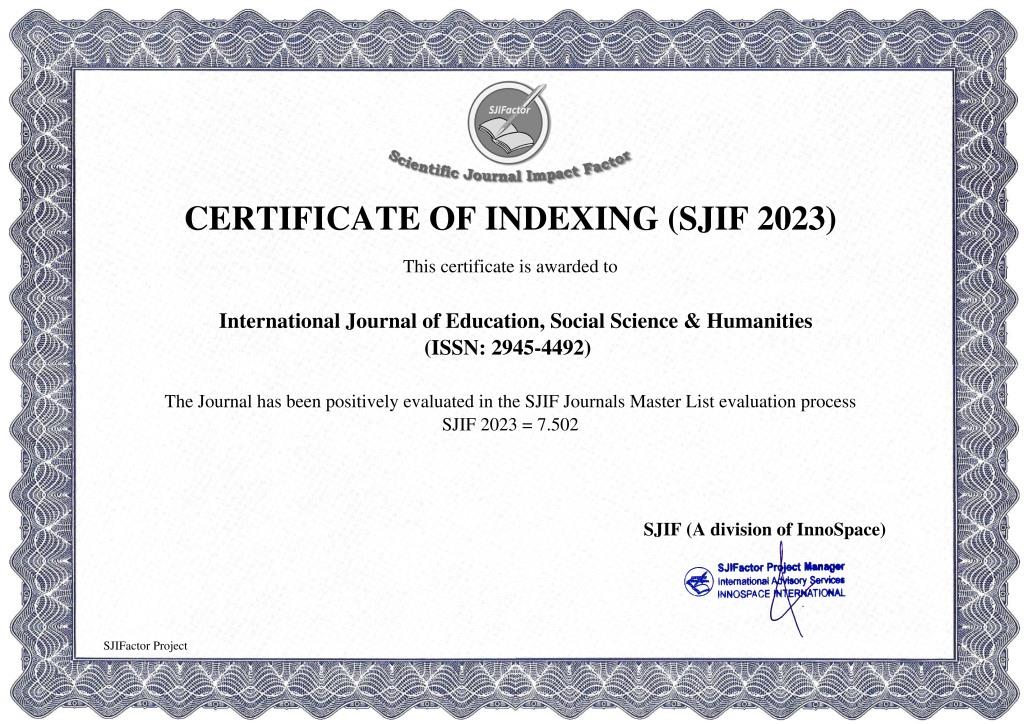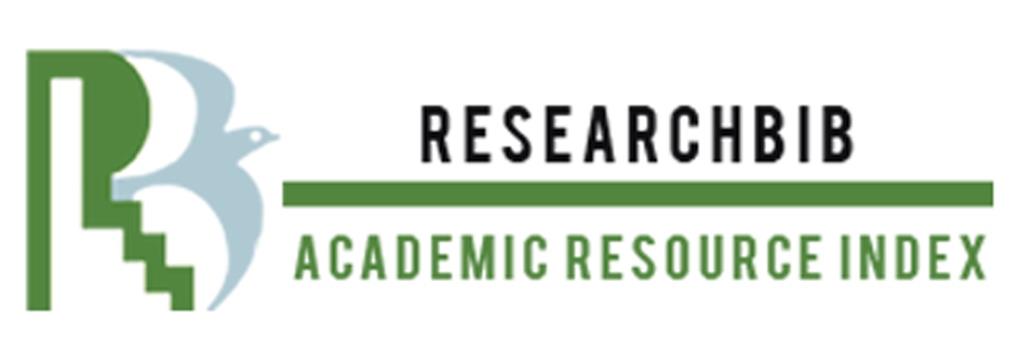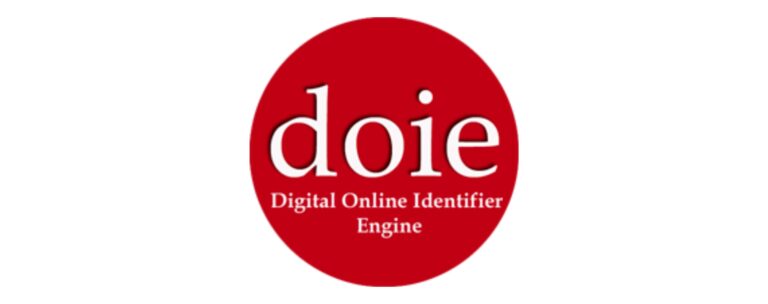THE ISLAMIC GOLDEN AGE
Keywords:
Islamic civilization; Islamic Golden Age; Islamic Dynasties; Islamic Sciences; Islamic Philosophy; Islamic History.Abstract
This article discusses some key individuals who contributed to the rise of Islam's "Golden Age". This is a period of development of Islam that spans about five centuries, beginning with the reign of the Abbasid caliph Harun al-Rashid (c. 786-809). Although it ended with the fall of the Abbasid caliphate after the Mongol invasion and sack of Baghdad in 1258, some scholars extend the period of the Islamic Golden Age to cover a longer period. But during the Golden Age, a truly remarkable period in human history, the arts and humanities, the natural and social sciences, medicine, astronomy, mathematics, finance, centuries of Islamic and European monetary systems thrived. In addition, this article presents some examples of the continuing contributions of the Islamic Golden Age from antiquity to the present day.
References
Bergé M. (1983). Les Arabes; histoire et civilisation des Arabes et du monde musulman,
des origines à la chute du royaume de Grenade, racontées par les témoins. Paris:
Edition Lidis
Islam. Available via: http://www. history-science-technology.
com/Articles/articles, 208.Allard, A. (1997). L’influence des mathématiques arabes dans l’Occident médiéval. , in Rashed, R. Histoire des sciences arabes, vol. 2, Mathématiques et physique, 3 vol., Seuil, Paris (pp.199-229).
Allard, A. (1997). L’influence des mathématiques arabes dans l’Occident médiéval. , in
Rashed, R. Histoire des sciences arabes, vol. 2, Mathématiques et physique, 3 vol., Seuil, Paris (pp.199-229).
Gohlman W.E. (1974). The life of Ibn Sina, critical Edition and annotated translation.
State University of New York Press.
Badawi, A. (1984). Mawssouate Al-Phalsapha. Beirut: Arabic Institute for Studies and Publications. (In Arabic) Behrens-Abouseif, D. ‘1989). Architecture of the Fatimid Period." In Behrens-Abouseif
Fakhry, M (1983). History of Islamic Philosophy. New York: Columbia University Press.
http://www.muslimphilosophy.com/ip/hip.htm accessed 29.102014.
Nasr, N. S. (1968). Science and civilization in Islam, New York: New American Library.
De Bore T. J., (1903). The history of Philosophy in Islam.
http://www.muslimphilosophy.com/ip/deboer.htm, accessed November, 2014.
Houben, H. (2002). Roger II of Sicily: a ruler between East and West. Cambridge
university press.
Hill, D. R. (1991). Mechanical engineering in the medieval near East. Scientific
American, 264(5), 100-105
Burlot, J. (1982). La civilisation islamique. Paris: Hachette.
Van Sertima, I. (Ed.). (1992). Golden age of the Moor (Vol. 11). Transaction Publishers
Contadini, A. (1998). Fatimid Art at the Victoria and Albert Museum. London: V&A Publications.
Edson E. (2004). Medieval Views of the Cosmos. University of Oxford: Bodleian Library.
Cooper, W. W., & Yue, P. (2008). Challenges of the Muslim world: Present, future, and past (Vol. 19). Emerald Group Publishing.
Wiet, G. (1961). Grandeur de l’Islam. La table ronde.
Wikipedia (2015).














